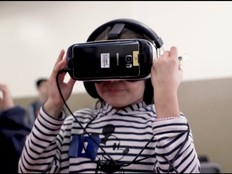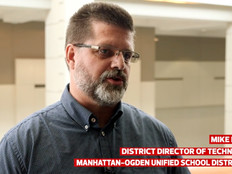Networking
Watch & Learn: Schools See Internet Speeds, Reliability Skyrocket After Wi-Fi 6 Upgrades
Videoconferencing, esports and screen casting from digital whiteboards are all common parts of the modern K–12 curriculum. However, when educators at Clovis Municipal School District in New Mexico and McAllen Independent School District in Texas attempted to harness these technologies for learning, their aging Wi-Fi 5 networks presented a problem.
Inconsistent internet access meant teachers could not plan for lessons that integrated technology until the school districts upgraded to Wi-Fi 6. Both installed new switches and wireless access points, which resulted in faster internet speeds and a network that could handle more student devices and instructional technologies.
DIVE DEEPER: Read how Wi-Fi 6 is helping one school alleviate its teacher shortage.
Participants
Eric Wimbish, Executive Director of Technology, Clovis (N.M.) Municipal School District
Ann Vega, Director, Instructional Technology and Library Services, McAllen (Texas) Independent School District
Video Highlights
- Clovis Municipal School District in New Mexico discovered during the COVID-19 pandemic that videoconferencing was difficult to deliver. The problem continued when educators and students returned to in-person learning and wanted to access online educational resources.
- In Clovis, only a few people could access the internet at the same time, which caused roadblocks for administrators, teachers and students.
- McAllen ISD noticed drops and other inconsistencies when attempting to use instructional technology such as new, powerful digital whiteboards.
- When both school districts transitioned to Wi-Fi 6 technologies, teachers and students noticed faster, more reliable internet access.






